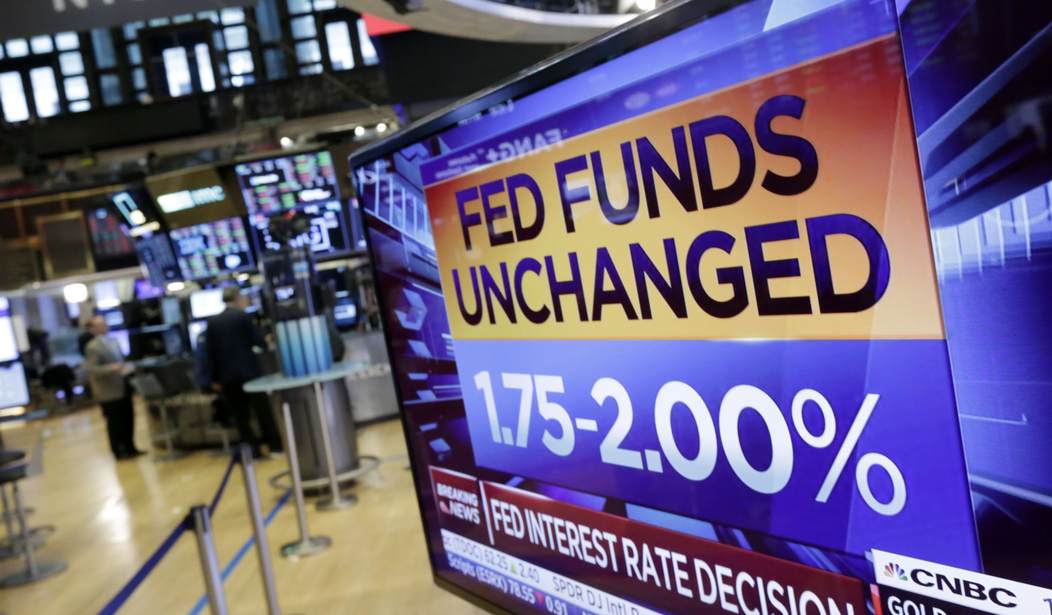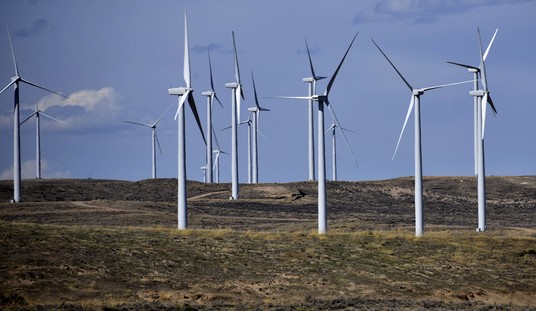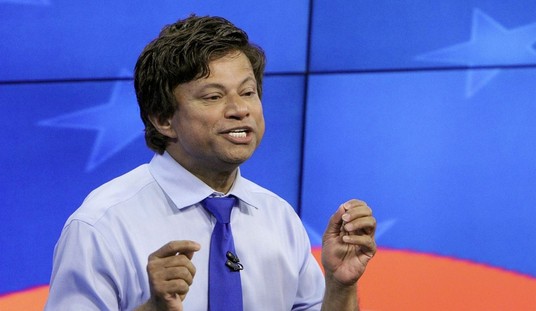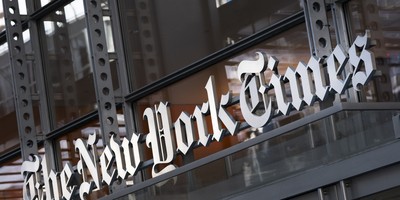The Federal Reserve said earlier this year, that they are switching their focus from primarily reducing unemployment to reducing inflation which now exceeds 9%. As a result, the Fed is rapidly increasing interest rates. How did the high inflation happen? Why will raising interest rates reduce inflation? How long until inflation is reduced?
Inflation simply means generally rising prices. Prior the pandemic inflation, as measured by the Consumer Price Index (CPI), had been in the 2% range. Now it exceeds 9%. Prices rise for only one reason. That is, at the current price, consumers are willing and able to purchase more goods and services than business is willing and able to provide.
That situation occurs when there is excess demand in the economy and/or when there is a reduction in business’ ability to supply, which is usually brought on by higher resource prices or less availability of some resource. Today’s inflation is mostly due to excess demand and partially due to rising resource prices that reduce business’ ability to profitable supply.
On the supply side, today’s inflation is caused by policy actions that reduced the supply of energy. That caused energy prices to rise, which effects the price consumers pay for gasoline and heating oil. It also means business pays more for energy to produce goods and services.
At the same time, business is paying much more for labor. The generous stimulus payments that the federal government paid to every household along with the other free money given out allowed laid off workers to stay out of the labor market. In addition, many unemployed people stop paying their rent and their school loans, as government policy allowed this.
To lure these workers back into the labor force, business was forced to raise wages significantly. While that is generally good for workers, it raised the labor cost for business. Higher labor costs along with the higher energy costs pushed prices up.
Recommended
On the demand side the federal government deficit spent nearly $6 trillion in the last two fiscal years. In addition, the Federal Reserve kept interest rates near zero and vastly increased the money supply. This policy was not fully ended until March 2022.
This created huge excess demand which pulled prices up.
The Fed now says that excess demand must be removed in the economy to bring prices down. They reduce demand by raising interest rates and they will continue to raise rates at least for the rest of this year.
How will higher interest rates reduce inflation? An example will provide this answer.
Suppose a home builder believes he can sell houses for $300,000. At that price he plans to build 10 houses which he can do profitably. When he lets the public know he is planning to sell houses for $300,000, 15 people decide they want to buy a house. Temporarily demand is greater than supply.
Business then wants to build more houses. Since energy cost and labor cost have risen, they find they can no longer profitably build houses to sell for $300,000, so the increased cost pushes up the price. He must raise the price for the next houses he builds.
In the meantime, how does the firm decide which 10 people to sell their existing production to? He simply raises the price until at least 5 of the 15 people drop out of the market. In other words, the excess demand has pulled prices up.
To reduce demand the Fed raises interest rates. The reason so many people showed up to buy was that 15 households could afford house payment when interest rates dropped below 3%. As interest rates risen, some consumers can no longer afford the monthly payments and are forced out of the market. Interest rates will have to go high enough to force enough Americans out of the market to eliminate the excess demand.
The Fed has already raised rates four times this year for a total rate increase of 2.25%. It appears that demand continues to exceed supply, meaning the Fed will have to raise rates further, likely by another 1 ½% by year end. They hope that takes enough demand out of the market to stabilize prices.
Since the inflation rate is so high and since it appears that a wage-price spiral has started, the Fed will have to continue this tight money policy well into next year. Inflation may ease a bit in the next couple of months but will start to increase again in Fall. It will take until well into 2023 to see a more permanent drop in the inflation rate.

























Join the conversation as a VIP Member